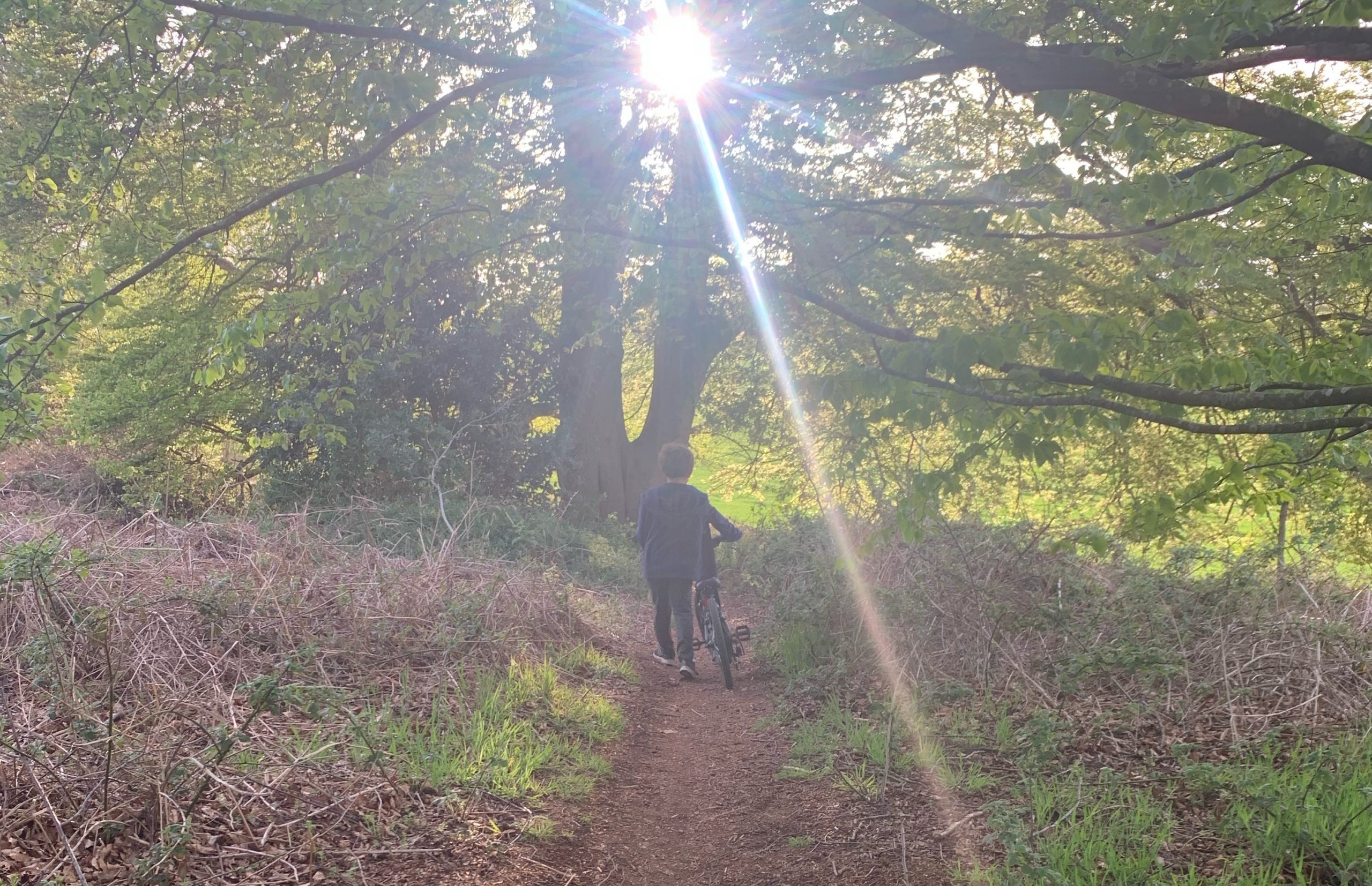Today I was walking with my 8-year-old son in the woods. He is amazing at riding his bike, one-handed, standing up, sitting down, one leg and always asks to bring his bike on dog walks. Yet today we took a new route and found ourselves on a path with brambles and nettles on either side and he got off and started to walk. When I asked why he wasn’t biking and he replied “because I might hurt myself”.
It made me think about what had changed for him and the impact that this had. How often do we learn new skills, then something changes, uncertainty creeps in and our focus goes from what we can do to how things could go wrong. The result is we lose confidence and may end up not using those newly acquired skills anymore.
Yet the 70:20:10 model says that we learn 70% by doing, 20% from others and 10% by formal training. If we mainly learn by doing, then surely we must need the right environment to feel safe, that it’s ok to have setbacks and continue to learn?
It made me consider the need for psychological safety in the workplace and the importance to give a safe space where people can try new things and practice new skills with no repercussions.
Psychological safety is the belief that you won’t be punished or humiliated for speaking up with ideas, questions, concerns, or mistakes
There are many upsides to creating a safe environment – it allows creativity and innovation to flow, for people to get behind changes, to feel motivated, valued, increased productivity and engagement are just a few. However, by nature, we are often risk-averse. It’s what our brain does to keep us safe when we can’t predict the outcome but it often leads us to do what we have always done which stifles both the possibilities for the business, underutilises the talents of our teams and of attracting new talent into the business.
It’s all about creating trust and respect which doesn’t happen overnight but there are some key things leaders can do to create that safe environment:
- Make it safe to speak up. Recognise that we all have blind spots – how will you know what’s really going on if people are not speaking up? Reflect on your team meetings; is it high energy with the team willing to raise issues, concerns and ideas? Are you and the team showing vulnerability? Start creating that environment by asking questions like ‘What do you think? ‘What would you do? Notice the language you use.
- Come from a place of curiosity. Do you listen, I mean really listen? It’s really hard not to jump to judgements, that’s why you’re a leader right – to have your point of view? Listen understand not to judge. Reflect on the ratio of time you spend asking powerful questions versus giving advice.
- Get to know your team – Show interest in others and be conscious of any bias. What motivates them? What do they love? What’s their passion? What’s their super talent hidden away?
- Let the team run with it. Do you tend to get involved in everything? Think about how you might be able to give free rein for people to run with their ideas? Richard Branson is great at this with his Virgin start-up and is renowned for letting his employees run with their ideas. Who wouldn’t want to work for Virgin right?
- Constructive challenge and collaboration. Be open to feedback and encourage constructive challenge across your team. Conflict doesn’t have to be negative but discourage defensiveness – this is all part of learning. Focus on solutions rather than problems and think about how you share best practice across the team.
- Show your appreciation. Celebrate small wins, risk-taking and even failures for those who have tried. Reframe failure as part of growth as it’s just as important to recognise this as it is to have a groundbreaking idea. Think about how you reward. Are there repercussions if they try something new i.e. they will miss other targets?
- Encourage collaboration and inclusivity – we are better if we value our differences and can achieve more together. Everyone has their part to play in the team.
Small steps can make real differences to move to a place where people feel safe to spread their wings, try new things and practice new skills. Amazing happens outside of comfort zone and leaders have a role to play in making it safe to do so.
Cathy Lawson

